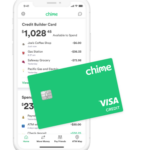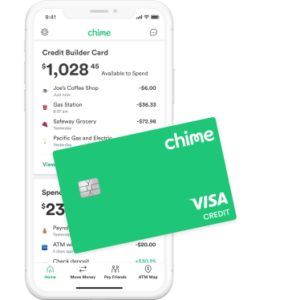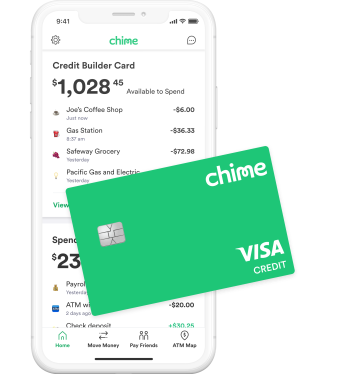As a valuable practice for programmers, pair-programming has been around for years. The introduction of AI-powered language models like ChatGPT-4 has opened up new possibilities for collaborative development. In this article, we’ll explore 10 practical tips for effectively pair-programming with ChatGPT-4, helping you harness the full potential of this powerful AI tool.
Use ChatGPT-4 for Code Generation
ChatGPT-4 can generate code snippets or entire functions based on your requirements, saving you time and providing a starting point for further customization. By leveraging this feature, you can:
- Example: Generate a Python function to calculate the factorial of a number using recursion.
def factorial(n):
if n == 0:
return 1
else:
return n * factorial(n-1)
### Clearly State Your Problem or Question
When working with ChatGPT-4, provide a clear and concise explanation of the problem or question you need help with. This will help the AI understand your requirements and offer more relevant solutions.
* **Example:** "I need a function in Python that takes a list of numbers and returns their average."
### Offer Context and Be Specific
Provide ChatGPT-4 with necessary context and be specific about your requirements to get the most accurate and useful suggestions.
* **Example:** "I’m working on a React app that uses Redux for state management. I need help creating an action creator for updating a user’s profile."
### Break Down Complex Tasks into Smaller Steps
For more intricate problems, break down the task into smaller, manageable steps. This approach will help ChatGPT-4 provide more targeted assistance and allow you to better understand the solution.
* **Example:** Instead of asking for a full REST API implementation, start with a single endpoint: "Help me create a POST route in Express.js to add a new user to the database."
### Review and Refine AI-Generated Code
Treat ChatGPT-4’s suggestions as a starting point. Review the generated code for accuracy, efficiency, and adherence to best practices, and make necessary refinements.
* **Example:** ChatGPT-4 might provide a working solution, but you could optimize it further by using more efficient data structures or algorithms.
### Leverage ChatGPT-4 for Code Reviews and Optimization
ChatGPT-4 can be a valuable resource for reviewing existing code and suggesting improvements or optimizations.
* **Example:** "Review this Python function and suggest any improvements for readability and performance."
### Use ChatGPT-4 for Debugging
When dealing with a bug, describe the issue and any error messages to ChatGPT-4. The AI can help identify potential causes and recommend solutions.
* **Example:** "I’m encountering a TypeError: undefined is not an object error in my React component. What could be causing this?"
### Ask for Explanations and Clarifications
If you’re unsure about a concept or a piece of code, ask ChatGPT-4 for an explanation or clarification to deepen your understanding.
* **Example:** "Explain how the useState hook works in React."
### Continuously Improve Communication
Like any collaboration, working with ChatGPT-4 may require adjustments. Refine your communication style and provide feedback to the AI when necessary to enhance its understanding and improve its responses.
* **Example:** "That solution isn’t what I was looking for. I need a function that uses a for loop instead of map."
### Explore Unconventional Solutions
ChatGPT-4 can often provide unique or unconventional solutions to common problems that might not be immediately apparent. Use the AI to explore alternative approaches and expand your problem-solving toolkit.
* **Example:** "I’m trying to optimize a sorting algorithm for a specific dataset. Can you suggest any non-traditional sorting techniques that might be efficient in this case?"
### Conclusion
Pair-programming with ChatGPT-4 offers a wealth of opportunities for improving your coding skills, efficiency, and problem-solving capabilities. By following these 10 tips, you’ll be well on your way to forming a productive partnership with this powerful AI tool.
**Additional Resources**
To learn more about programming with GPT and explore practical applications, check out the following resources:
* [OpenAI’s GitHub repository](https://github.com/openai)
* [OpenAI Codex Playground](https://openai-codex-playground.netlify.app/)
* [Hugging Face Transformers Library](https://huggingface.co/docs/transformers/index)


























